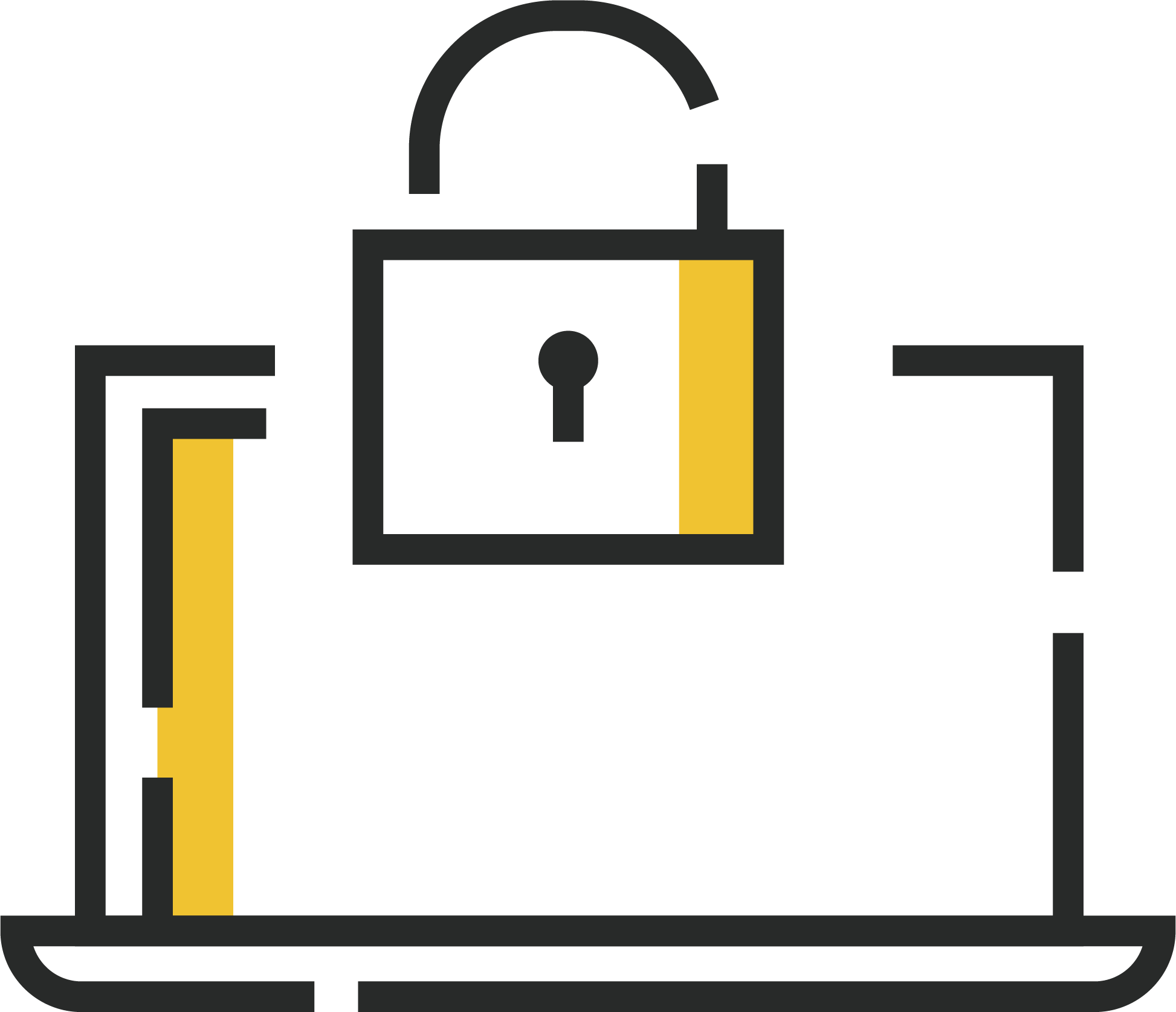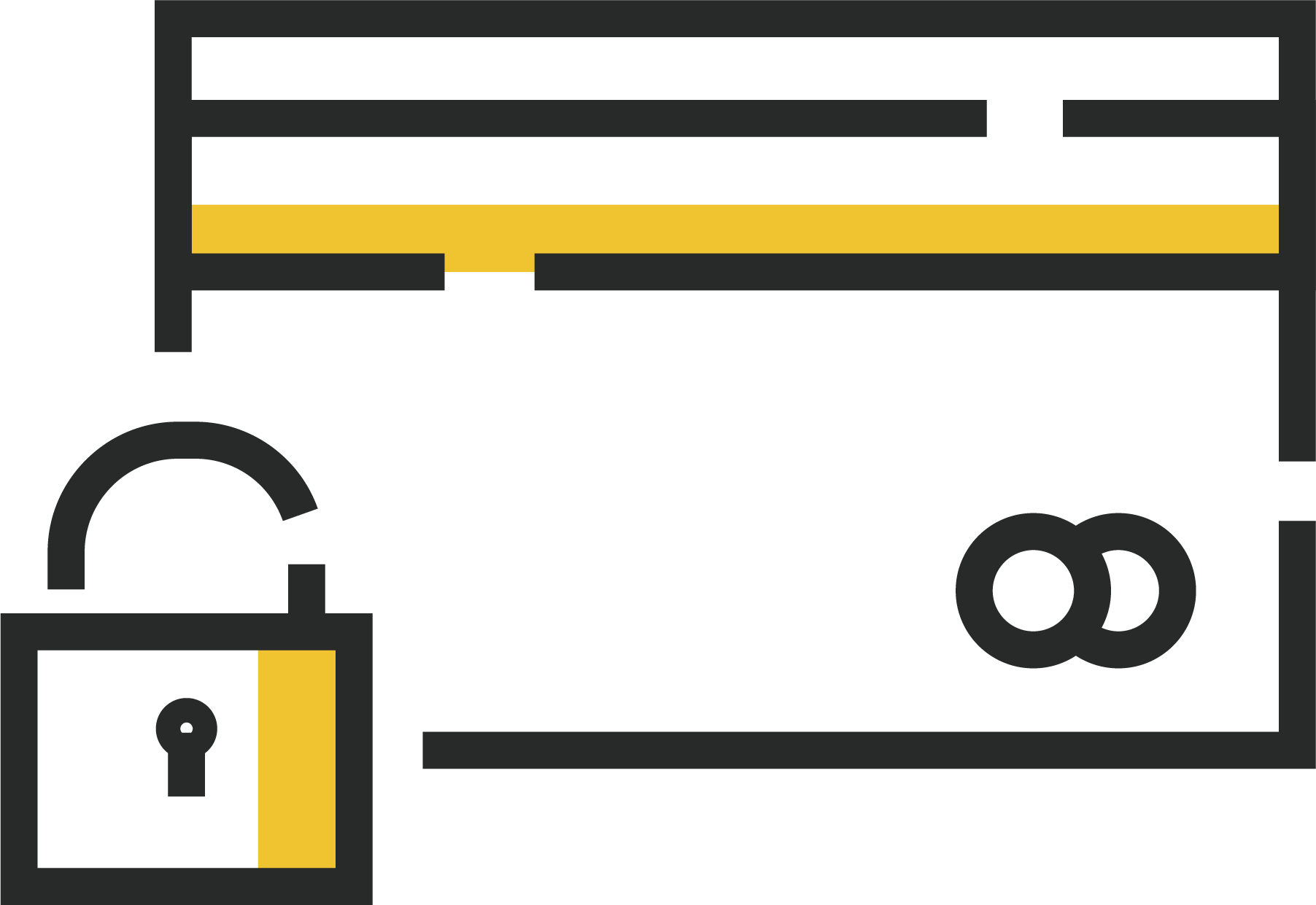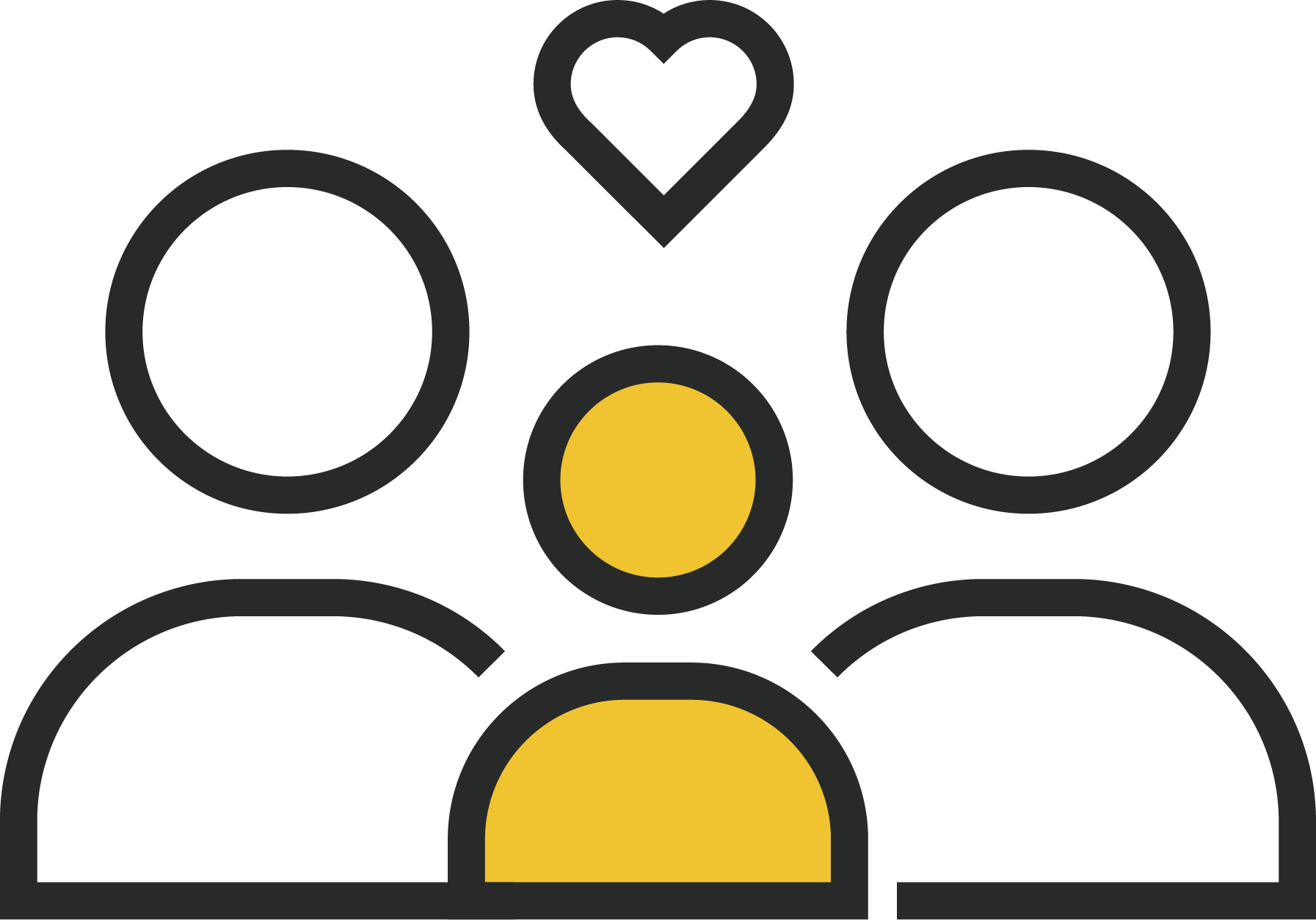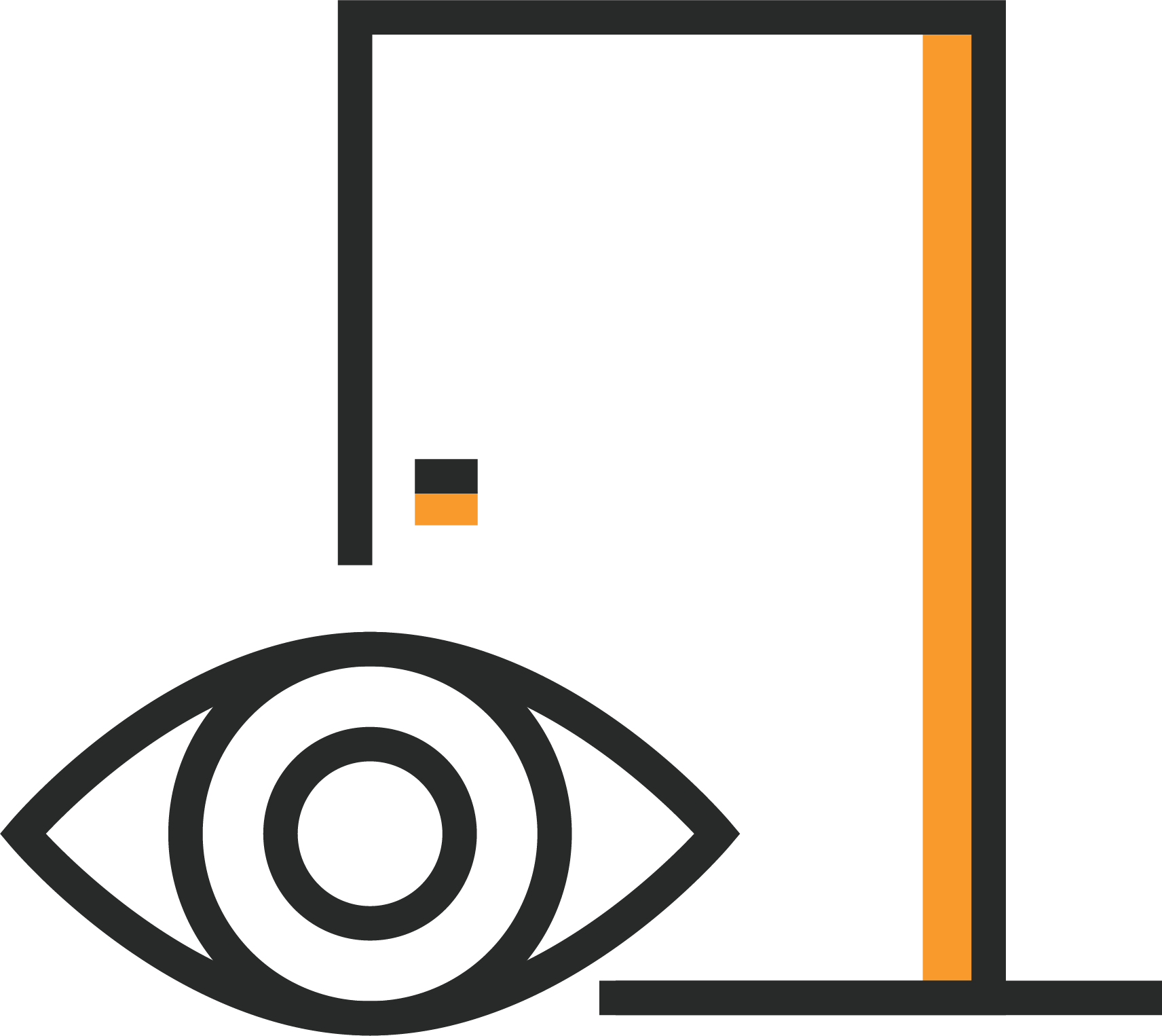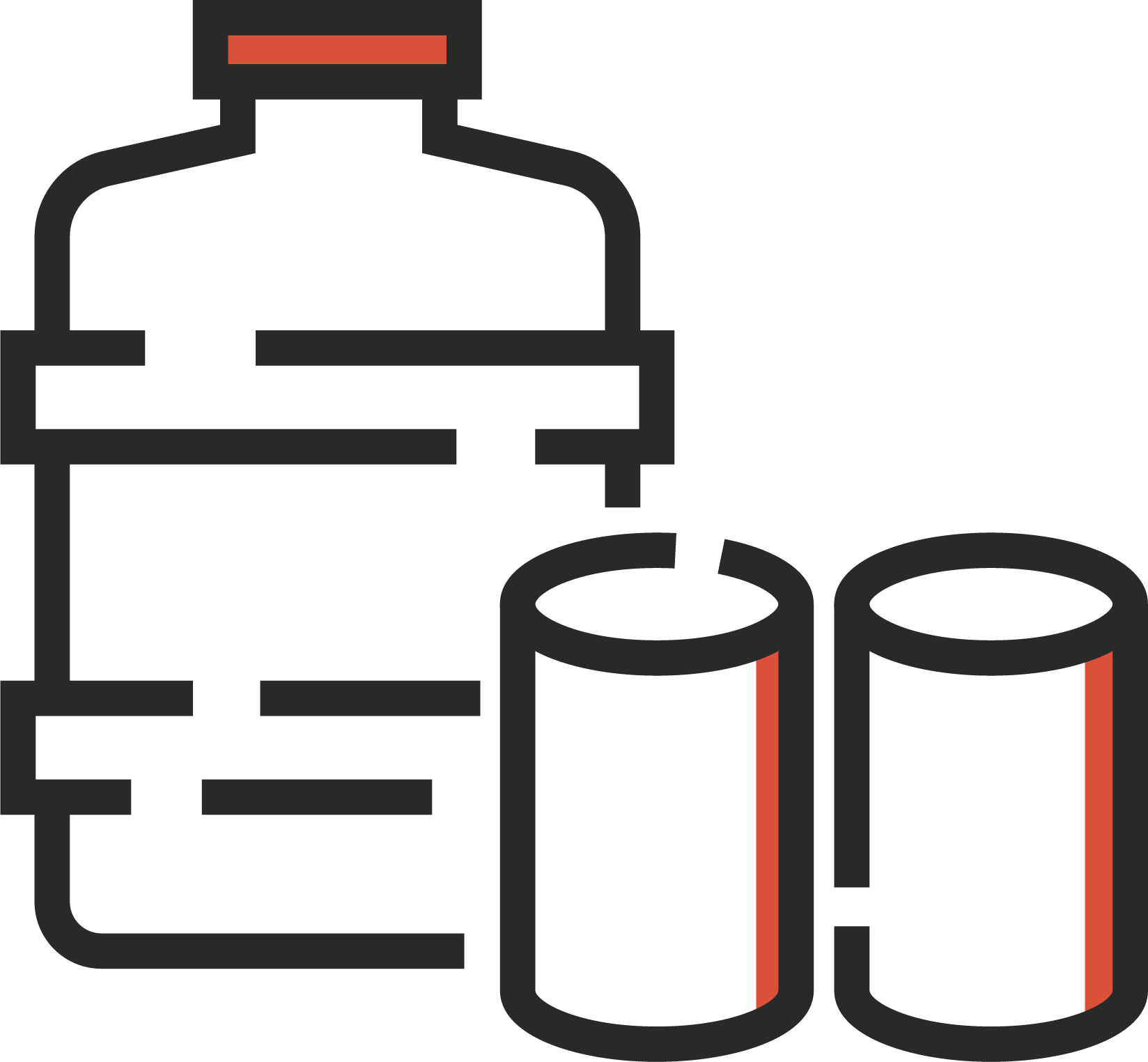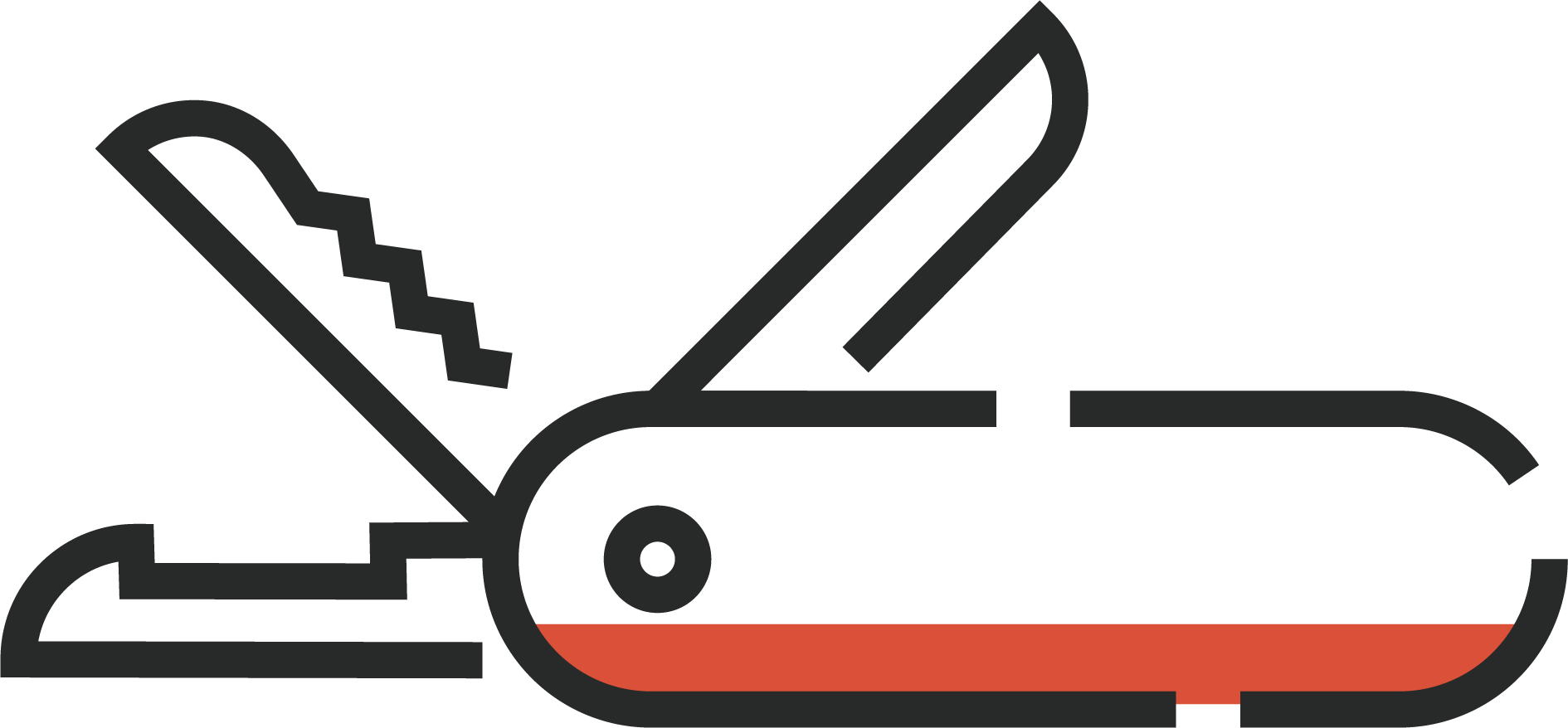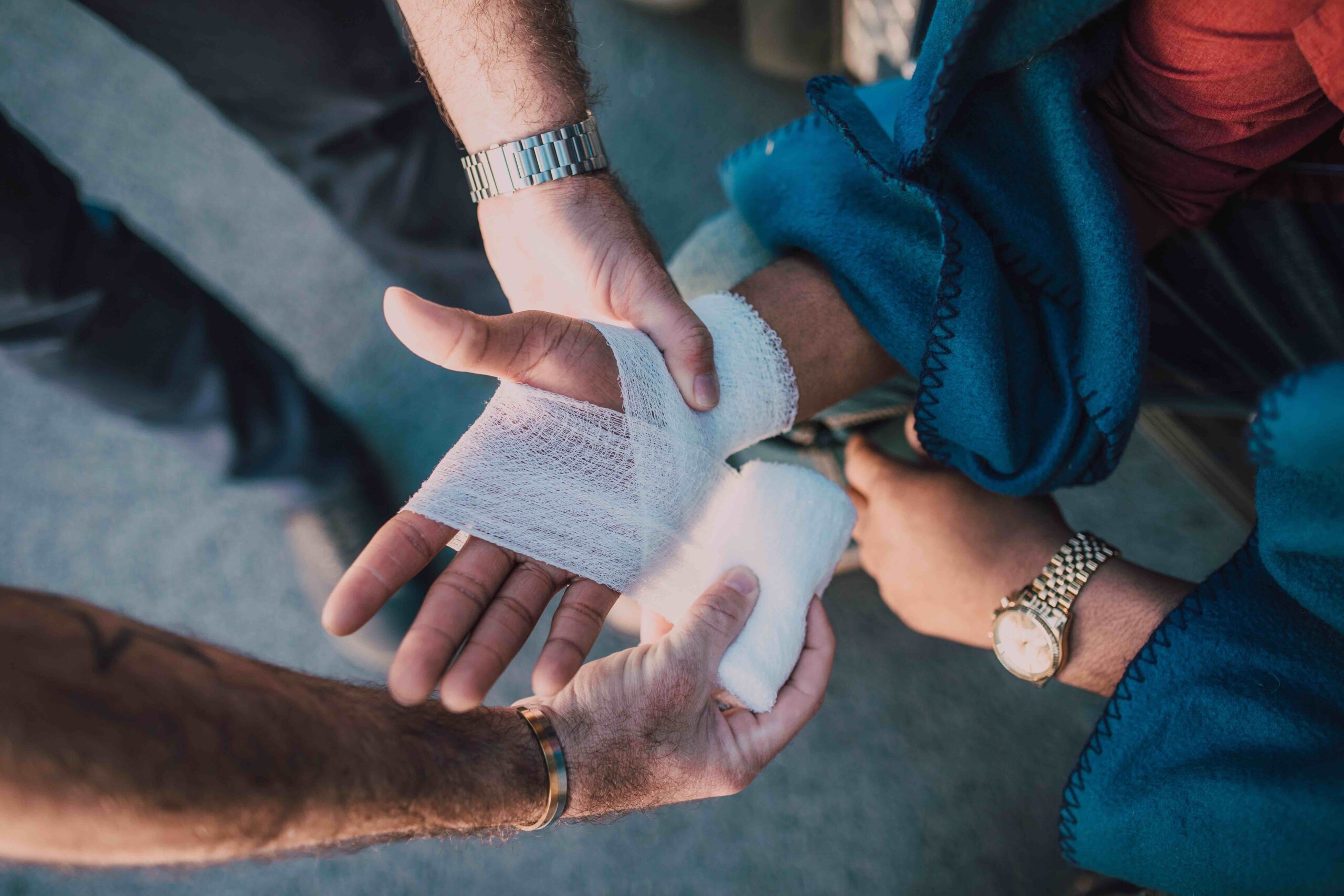Contents
- Get a Generator BEFORE a Natural Disaster
- The most important step for using a solar generator is to find a sunny place for the solar panels to charge the generator.
- Connecting your solar generator to your home is the next step
- For more in-depth learning and guidance, check out these full-length articles:
Get a Generator BEFORE a Natural Disaster
After a natural disaster, it’s likely that your power will be down for 72 hours or longer. Instead of roughing it, use a solar generator to take advantage of the clear skies that follow a big storm.
The most important step for using a solar generator is to find a sunny place for the solar panels to charge the generator.
- Not all solar generators automatically come with panels. If you don’t have solar panels that will connect to your solar generator, purchase them BEFORE a natural disaster hits.
- You want to choose a spot with unobstructed sunlight. Be mindful of moving shadows from trees, nearby buildings, cars, sheds, and other objects.
- Follow the path of the sun. South-facing panels will collect the most light over the course of a day. Western facing is second best. North facing will receive the least amount of light.
- You will want to charge your solar generator prior to a tropical storm, snowstorm, or hurricane hits your area. But if your solar generator isn’t holding any power after a natural disaster hits, place the panels and generator out in the sun once it is safe to do so. Be mindful of high winds that could damage your solar panels.
Connecting your solar generator to your home is the next step
If your generator is powerful enough to power your home’s electrical grid, follow these steps. If not, you can plug individual appliances or tools into the generator directly. Use it to power your furnace or air conditioner, fridge/freezer, or medical tools.
- You will need a generator transfer switch to connect your generator to your home’s electrical grid. Start by purchasing that well before a natural disaster is a threat (based on your generator, you may need a 30-amp or 50-amp model).
- Follow the directions on the generator transfer switch that you choose to install it. These small devices are installed directly into your electrical panel. They are a necessary part of the set-up as they act as a go-between for your solar generator and electrical panel.
- Once your generator transfer switch is connected, you can hook up your charged solar generator to the transfer switch. Once connected, and if the generator has enough power, it will supply electricity to your electric panel. Voila, you have power!
- Depending on how much power your generator has and how many devices are using its power, you should have anywhere from a few hours to a few days before you’ll need to charge it again. For that, you’ll need to connect your generator to the panels and charge it back up.

